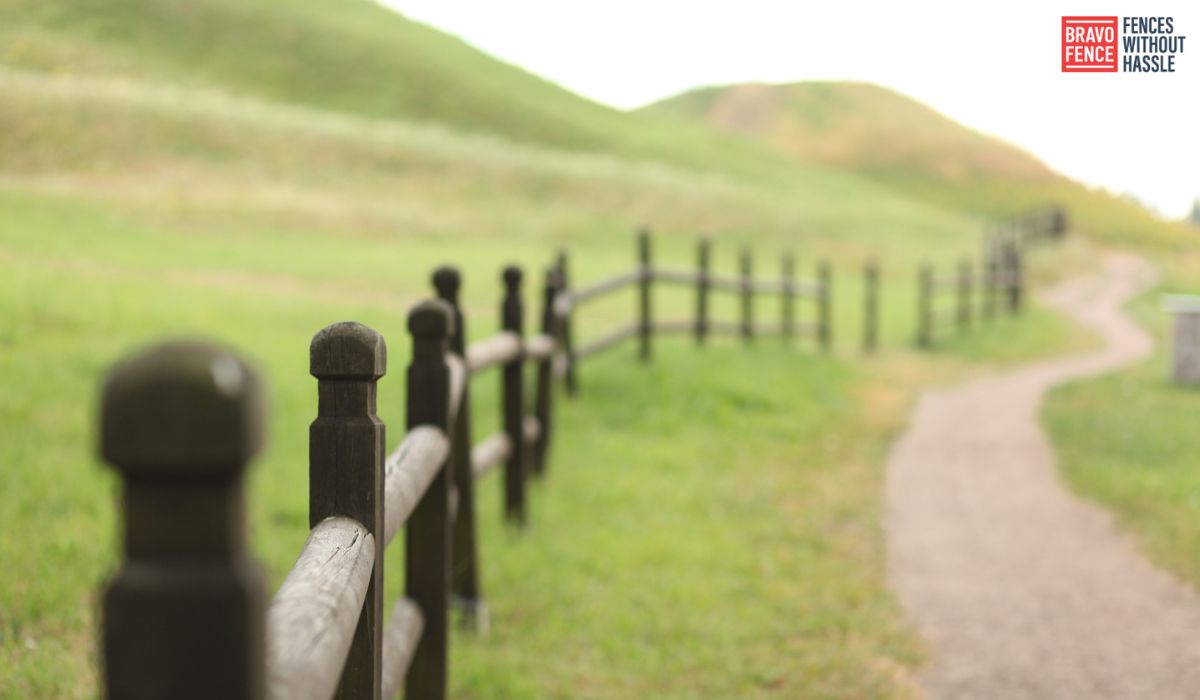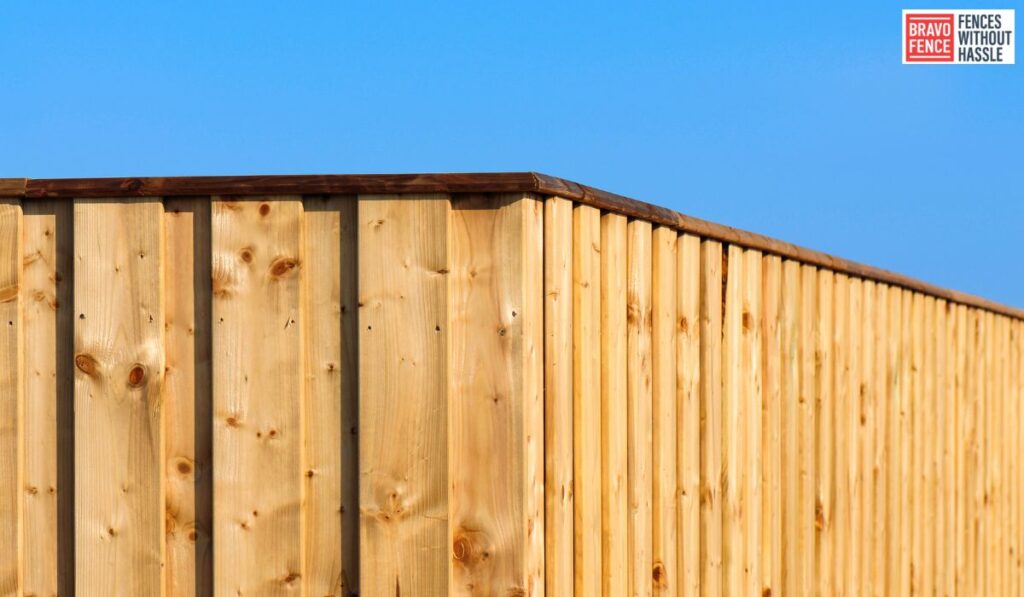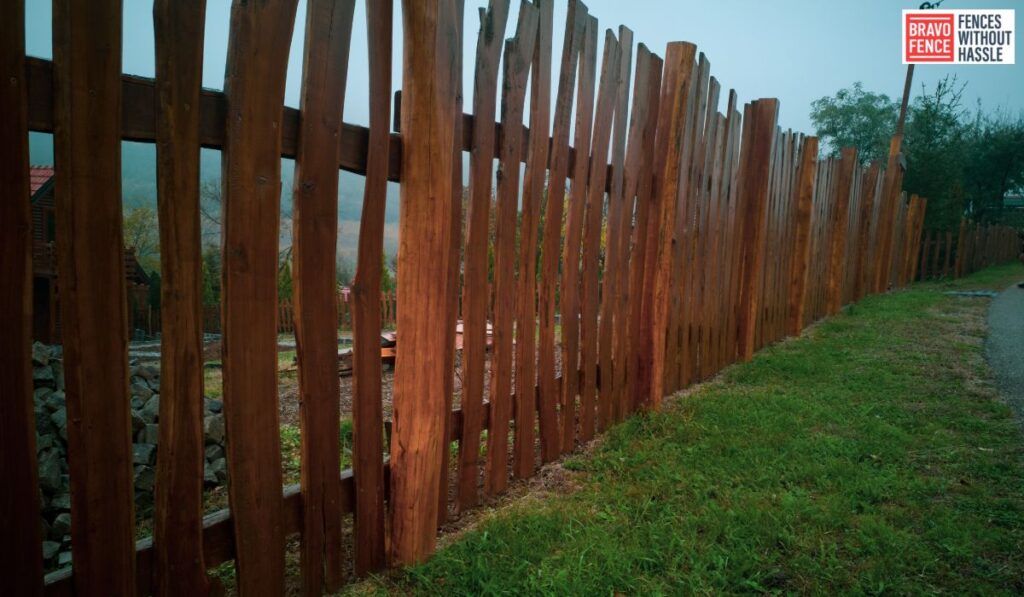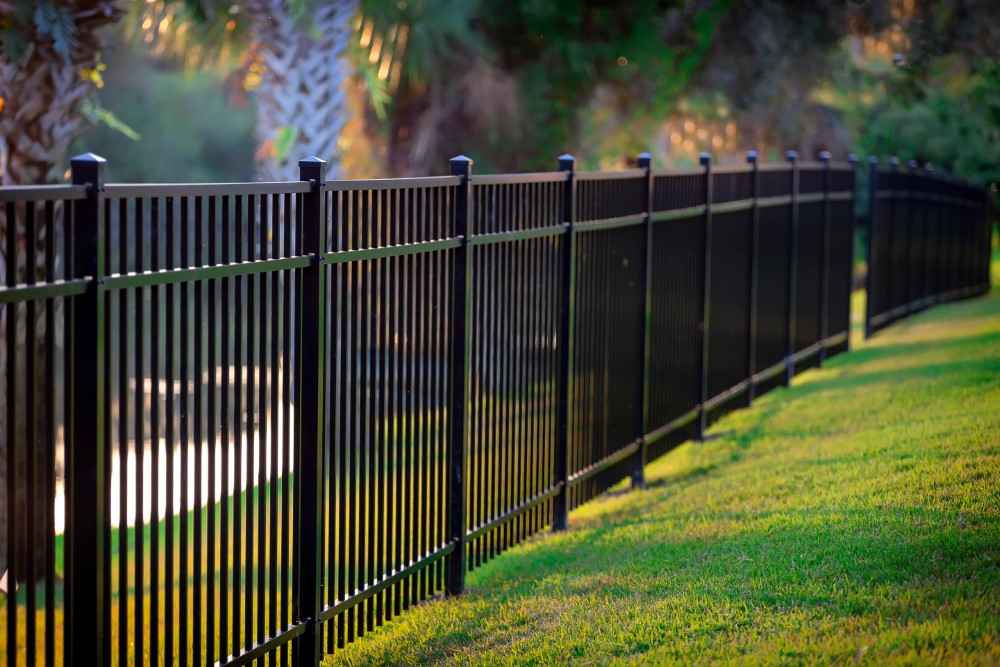
Wood Fence Installation Unveiled: Tips, Tricks, and Trends
Wooden fences have adorned American homes for centuries, providing security, privacy, and timeless beauty.
If you’re considering a wood fence installation project, you’re in the right place.
In this comprehensive guide, we’ll unveil the tips, tricks, and trends to ensure that your wood fence not only stands the test of time but also becomes a statement piece for your property.
Choosing the Right Wood
When embarking on a wood fence installation journey, the first crucial decision is selecting the correct type of wood.
The most popular options include:
Cedar
Cedar is renowned for its natural resistance to decay and insects, making it a top choice for longevity.
Redwood
Redwood is a richly-hued, durable wood known for its stunning appearance and resistance to rot.
Pine
Pressure-treated pine offers affordability and can be viable when on a budget.
Remember, the type of wood you select can significantly impact your fence’s longevity and aesthetics.
Setting a Budget
Before diving into your wood fence installation project, it’s essential to establish a clear budget.
Consider the cost of materials, labor, and any additional features you want, such as decorative post caps or a gate.
A well-defined budget ensures you stay on track throughout the project.
Planning and Design
A well-thought-out design is critical to a successful wood fence installation.
Decide on the fence’s height, style, and any decorative elements.
Consider factors like the slope of your yard and any local regulations regarding fence height and design.

DIY vs. Professional Installation
The next decision is whether to undertake the installation as a DIY project or hire a professional.
While a DIY approach can be cost-effective, professional installers bring expertise and efficiency.
A well-installed fence will last longer and require less maintenance.
Preparing the Site
Proper site preparation is essential.
Clear the area of any obstacles, and ensure you’re aware of underground utilities to avoid accidents during digging.
Installing the Posts
The foundation of your wood fence lies in the posts.
Ensure they are set deep enough to provide stability and use concrete for added support.
Proper spacing is vital for even and secure placement.
Fencing Panels and Rails
Attach the fence panels and rails to the posts, ensuring they are level and properly spaced. This step is crucial for the fence’s overall appearance and structural integrity.
Finishing and Staining
Consider applying a quality wood stain or sealant to enhance your wood fence’s durability and aesthetics.
This protects the wood from moisture, UV rays, and other environmental factors.
Regular Maintenance
Wood fences require ongoing maintenance to ensure they stay in top condition.
Periodically inspect for damage, rot, or loose components.
Make necessary repairs promptly to extend the fence’s life.
Current Trends in Wood Fencing
Wooden fences continue to evolve with changing trends.
Today, horizontal slat fences, sleek designs, and mixed materials are gaining popularity.
Consider these modern styles to give your property a fresh and contemporary look.
FAQs
What is the average lifespan of a wood fence?
The average lifespan of a wood fence can vary depending on the type of wood used and the level of maintenance. Cedar and redwood fences can last 20 to 30 years or more with proper care, while pressure-treated pine may last around 15 years.

Can I install a wood fence on a sloped yard?
Yes, installing a wood fence in a sloped yard is possible. The key is to choose the right design and install the wall in sections that follow the slope’s contour.
Is staining a wood fence necessary?
Staining or sealing a wood fence is not mandatory but is highly recommended. It protects the wood from the elements, enhances its appearance, and prolongs its lifespan.
How do I know if I need a professional installation?
If you need to become more experienced in fence installation, hiring a professional is advisable. They have the expertise to ensure your fence is sturdy and long-lasting.
Are there regulations for fence height and design?
Local regulations vary, so you must check with your city or county to determine any height or design restrictions for your wood fence.
Can I add decorative elements to my wood fence?
Yes, you can add decorative elements like post caps, lattice tops, or ornamental gates to enhance the aesthetic appeal of your wood fence.
How often should I inspect my wood fence for maintenance?
Regular inspections are recommended at least once a year. However, more frequent checks may be necessary in regions with harsh weather conditions.
What are the advantages of horizontal slat fences?
Horizontal slat fences offer a contemporary and stylish look. They can create a sense of openness while still providing privacy.
Can I paint my wood fence instead of staining it?
Yes, painting is an option, but remember that paint will require more maintenance over time, including repainting, while stain typically needs less upkeep.
What are the environmental benefits of using wood for fencing?
Wood is a renewable resource, making it an environmentally friendly choice for fencing. Additionally, wood can be recycled and biodegradable, reducing its environmental impact.
Tags: Complete Guide to Custom Wood Fence Construction, Complete Guide to Diy Wood Fence Installation, Complete Guide to Permits For Fence Installation, Complete Guide to Professional Fence Installers, Complete Guide to Wood Privacy Fence Design, Complete Guide to Wooden Fence Building Tips, Everything You Need to Know About Wood Fence Installation Steps, Explore Helpful Resources on Best Wood For Fencing, Explore Helpful Resources on Decorative Wooden Fencing, Explore Helpful Resources on Rustic Wood Fence Ideas, Inspiration and Tips on Garden Wood Fence Installation, Inspiration and Tips on Wood Fence Repair Services, Inspiration and Tips on Wood Picket Fence Installation, Top Ideas and Insights About Affordable Wood Fence Options, Top Ideas and Insights About Choosing Fence Post Materials, Top Ideas and Insights About Cost Of Wood Fence Installation, Top Ideas and Insights About Local Wood Fence Contractors, Top Ideas and Insights About Wood Fence Staining And Maintenance
